How to Use Drip Irrigation to Save Water Effectively
- 1- Why Drip Irrigation Is Effective for Water Conservation
- 2- Steps to Installing a Drip Irrigation System
- 3- Key Benefits of Drip Irrigation for Water Conservation
- 4- Common Mistakes to Avoid When Using Drip Irrigation
- 5- Tips for Maintaining Your Drip Irrigation System
Drip irrigation is one of the most efficient ways to water your plants, providing consistent moisture while minimizing water waste. By using this system, you can significantly reduce water consumption in your garden, which is both cost-effective and environmentally friendly. In this guide, we’ll cover everything you need to know about drip irrigation and how it helps you save water effectively.

U.S. Lawns- Terre Haute IN
1309 N Fruitridge Ave, Terre Haute, IN 47804, USA
1- Why Drip Irrigation Is Effective for Water Conservation
Traditional irrigation methods like sprinklers often waste water by spraying it over large areas, including walkways and driveways. Drip irrigation, on the other hand, delivers water directly to the root zone of plants, minimizing evaporation and runoff. This method is not only more efficient but also healthier for your plants, as it keeps the foliage dry and focuses the water where it’s needed most.
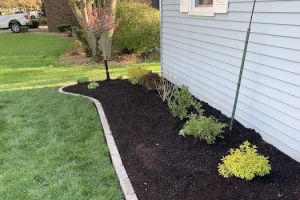
Villagomez lawn care & landscaping
BradleyKankakee CountyIllinois
271 S Forest Ave, Bradley, IL 60915, USA
2- Steps to Installing a Drip Irrigation System
Installing a drip irrigation system in your garden can seem like a daunting task, but it’s actually quite simple with the right approach. Follow these steps to get started:
1. Plan Your Garden Layout
Start by planning where you want to place your drip irrigation system. Identify the areas that need the most water, such as flower beds, vegetable gardens, or shrubs. You may also want to divide your garden into zones based on water needs.
2. Choose the Right Drip Irrigation Components
Drip irrigation systems consist of several key components: tubing, emitters, filters, and connectors. Choose a system that fits your garden size and the types of plants you’re growing. For example, a vegetable garden might need different emitters than a flower bed.
3. Install the Tubing and Emitters
Run the main tubing along your garden beds, connecting it to your water source. Attach drip emitters or drip lines to the tubing, ensuring that they’re positioned near the base of your plants. This ensures efficient watering without oversaturating the soil.
4. Test the System
Once your system is set up, test it to ensure that each emitter is delivering water effectively. Adjust the flow rates as needed to make sure that all your plants receive adequate moisture.
3- Key Benefits of Drip Irrigation for Water Conservation
There are many reasons why drip irrigation is an excellent choice for saving water in your garden. Here are a few key benefits:
1. Water Conservation
Drip irrigation delivers water directly to the soil, minimizing evaporation and runoff. This means that you use less water to achieve the same results, making it an environmentally friendly choice.
2. Reduced Weed Growth
Because water is only delivered to the plant roots, the surrounding soil remains dry. This discourages weed growth, which typically thrives in moist environments.
3. Healthier Plants
Drip irrigation prevents overwatering, which can lead to root rot and other plant diseases. It also reduces the risk of fungal growth by keeping plant foliage dry.
4- Common Mistakes to Avoid When Using Drip Irrigation
While drip irrigation is efficient, there are a few common mistakes to watch out for:
1. Using the Wrong Emitters
Not all emitters are created equal. Be sure to choose the right type and flow rate for your plants. For example, plants with deep roots may need higher flow emitters.
2. Improper System Setup
Ensure that the system is set up correctly, with the emitters positioned close to the plant roots. Also, check for leaks in the tubing and connections, as these can waste water.
3. Forgetting to Maintain the System
Drip irrigation systems require regular maintenance to ensure that they continue to work effectively. Check for clogged emitters, leaks, and broken parts, and clean the filters regularly.
5- Tips for Maintaining Your Drip Irrigation System
Proper maintenance is key to ensuring your drip irrigation system continues to perform optimally. Here are some tips:
1. Clean the Emitters
Over time, emitters can become clogged with dirt or mineral buildup. Regularly clean them using water or a cleaning solution to keep the water flowing smoothly.
2. Check for Leaks
Inspect your tubing and connectors for leaks. Even small leaks can waste a significant amount of water over time. Fix any leaks promptly to avoid unnecessary water loss.
3. Winterize the System
In colder climates, be sure to winterize your drip irrigation system by draining the water and protecting it from freezing temperatures. This will help extend the life of your system.
Drip irrigation is one of the most efficient ways to water your plants, reduce waste, and conserve water. For more advice and the best products for your irrigation needs, visit Beautiful Landscapes today!

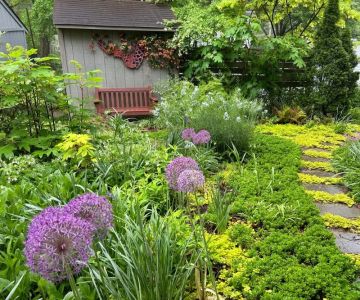
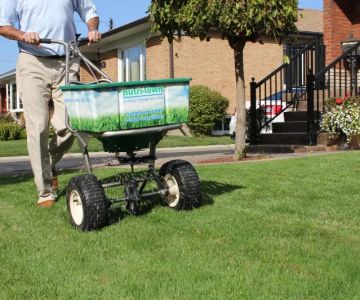

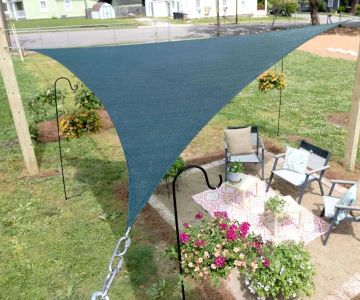
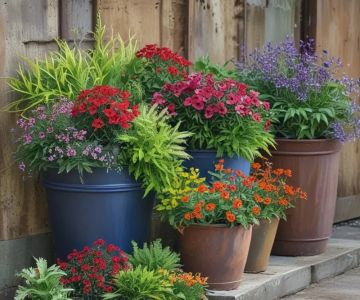
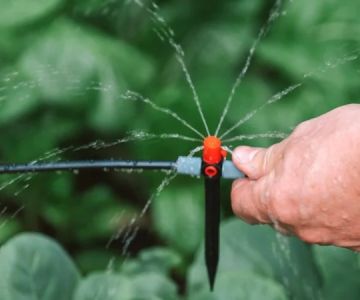
 Nick’s Yard Service5.0 (12 reviews)
Nick’s Yard Service5.0 (12 reviews)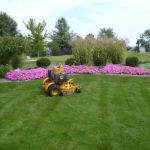 Schlueter Bros Lawn Care5.0 (1 reviews)
Schlueter Bros Lawn Care5.0 (1 reviews)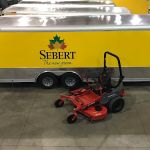 Sebert Landscaping5.0 (2 reviews)
Sebert Landscaping5.0 (2 reviews)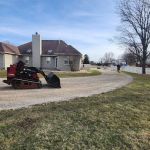 D and G Landscaping Lawn Maintenance4.0 (31 reviews)
D and G Landscaping Lawn Maintenance4.0 (31 reviews) CustomCrete Stoneworks5.0 (3 reviews)
CustomCrete Stoneworks5.0 (3 reviews) Bluestone Landscape LLC5.0 (14 reviews)
Bluestone Landscape LLC5.0 (14 reviews) How to Create a Front Walk That Makes a Great First Impression
How to Create a Front Walk That Makes a Great First Impression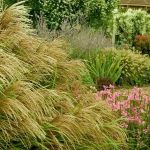 How to Use Native Grasses for Texture & Movement in Your Garden
How to Use Native Grasses for Texture & Movement in Your Garden How to Plan Outdoor Fire & Water Features Harmoniously for Your Garden
How to Plan Outdoor Fire & Water Features Harmoniously for Your Garden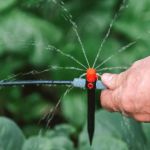 How to Install a Drip Irrigation System in Your Landscape
How to Install a Drip Irrigation System in Your Landscape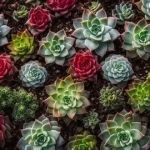 How to Landscape With Succulents & Xerophytes: A Guide to Beautiful, Low-Maintenance Gardens
How to Landscape With Succulents & Xerophytes: A Guide to Beautiful, Low-Maintenance Gardens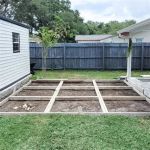 How to Convert a Concrete Patio Into a Green Oasis | Beautiful Landscapes
How to Convert a Concrete Patio Into a Green Oasis | Beautiful Landscapes